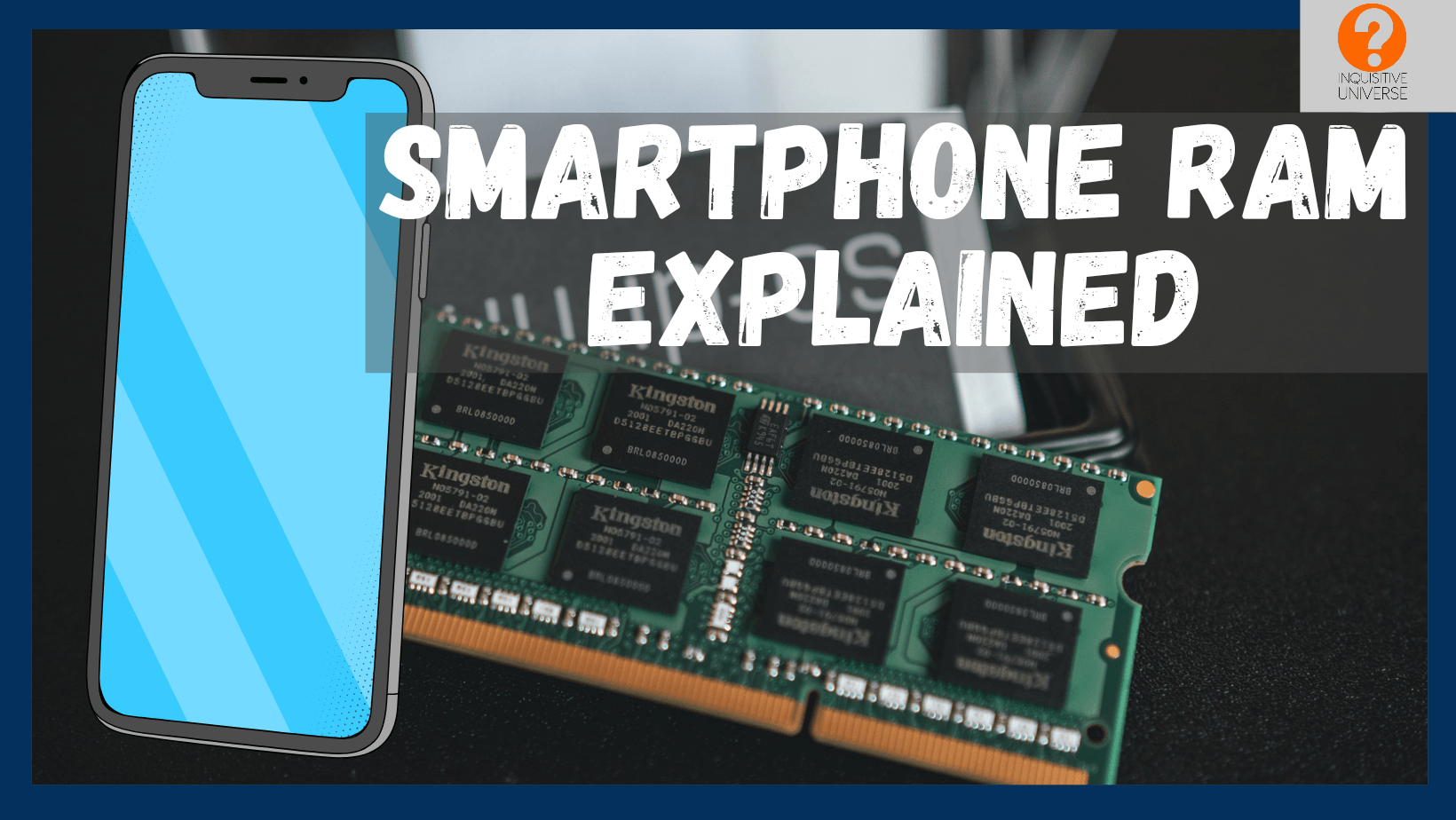Smartphone RAM is short for Random Access Memory. RAM is a type of smartphone memory that sits very close to the SoC.
RAM itself is not part of the SoC. It is located outside the SoC. In order for the RAM to function properly, it is connected to the SoC with physical wires that are known as buses (bus singular).
Functions
The smartphone RAM carries a number of very key functions, without which your OS will fail and the device will crash.
- RAM serves as a workbench for the CPUs.
- RAM contains the address of all data on the phone, making it easier for the CPU to locate and fetch data.
- The OS itself is loaded into the RAM on booting up.
- All running app processes are loaded into the RAM. Without which, they will not function.
- Multitasking
Read: smartphone storage (types and functions)
How smartphone RAM works
The RAM acts as workbench for the CPU cores because it is the storage space where running apps are saved to.
It would be very inefficient for the CPUs to have to read data from the internal storage for an app that is currently running.
So therefore since the RAM is closest to the CPU cores and is much faster, the OS would glad save the running app to the RAM. Thus making it faster for the CPU to work with such data.
The RAM also contains an address book that holds the location of every file on your phone. Whenever you save something new, a new address directory is created in the RAM.
This helps your CPU cores to immediately locate whatever data that it is instructed to work on.
The RAM is effectively the CPU’s memory, especially when the phone is working. Every piece of software that is active or should be active is loaded onto the RAM.
If for some reason, the OS kicks an app off the RAM, the software (app, game etc.) will immediately close.
If by some weird accident, your OS is forced off the RAM and cannot be loaded back into it, the entire device is simply not going to function.
RAM is also integral to multitasking. That is the act of running 2 or more apps at the same time.
RAM Management
RAM is a type of memory that only holds temporary storage. Thus it is a volatile type of memory.
Why? Because the data that is loaded onto the RAM is not meant to be permanent.
Apps can be closed by the user at anytime. So the OS has to quickly remove the app from memory (RAM).
In other cases, if the RAM is almost filled up, the OS may be forced to remove apps from memory just to make space for a new one.
This is a process mostly referred to as RAM Management.
Read: RAM, Internal and External storage explained
Key smartphone RAM specs
With RAM, there are five key specs to look out for:
- Type
- Speed
- Size
- Channels
- Bandwidth
Type
RAM type refers to the class of RAM that is used on the device. Nearly all modern computers use DD SDRAM. Smartphones use a low powered DD SDRAM known as LPDDR RAM.These include
- LPDDR2
- LPDDR3
- LPDDR4
- LPDDR4x
- LPDDR5
Samsung is basically the major manufacturer of RAM for smartphones.
Speed
The speed refers to how fast the data on the RAM can be read and how fast data can be written (or loaded) to it. RAM speed is usually measured in Megahertz (MHz). The faster the RAM, the better it works.
Size
The size refers to how much space that a RAM can physically hold. This is the RAM spec that everyone knows.
RAM size is important in the sense that bigger RAM sizes can hold more apps in theory. But it says nothing about how fast/slow the RAM is or if it’s an old RAM type like LPDDR2 or 3 that will struggle with modern tasks.
Channels
RAM channels refers to how many buses with which the RAM is connected to the SoC and by extension the CPU cores. Most RAMs today are connected to their SoCs with dual channels or 2 buses. Each bus is usually capable of transmitting data at 16 bits.
Memory bandwidth
The amount of data that can be read from or written to the RAM in one second is called Memory bandwidth. This is measured in Gigabits per second (GB/s).
Other forms
In some cases, when allocated RAM is not enough, there are two different solutions that can be called into action. These are:
- zRAM
- Virtual memory
zRAM is a part of the main RAM module and is a type of compartment that is used to store highly compressed app processes.
Virtual memory is a part of the internal storage that is converted into RAM and this is done to aid multitasking.
Hopefully in the coming days, I’ll throw more light on zRAM, virtual RAM, especially virtual RAM and why you should keep it turned off.
With that we’ve come to the end of this episode. As always, contributions, additions, corrections etc are always welcome.
Please leave a comment if you have any difficulty and remember to:
- Subscribe to our YouTube channel
- Follow on Facebook
- Join our Telegram community
- Participate on Reddit
- Find us on Quora
- Follow us on Instagram
- Check out the Clubhouse as well


